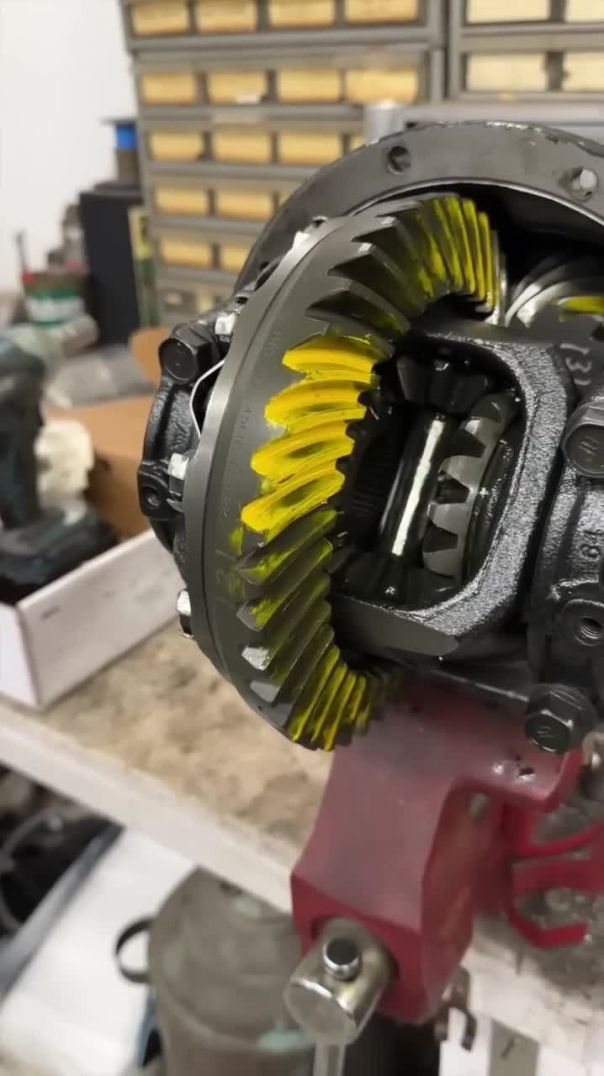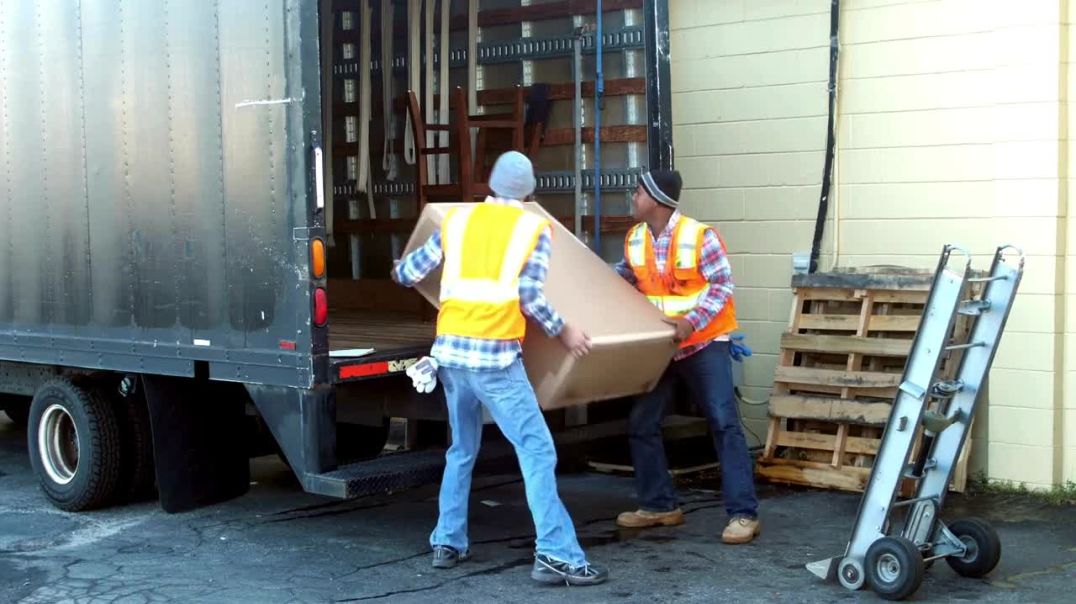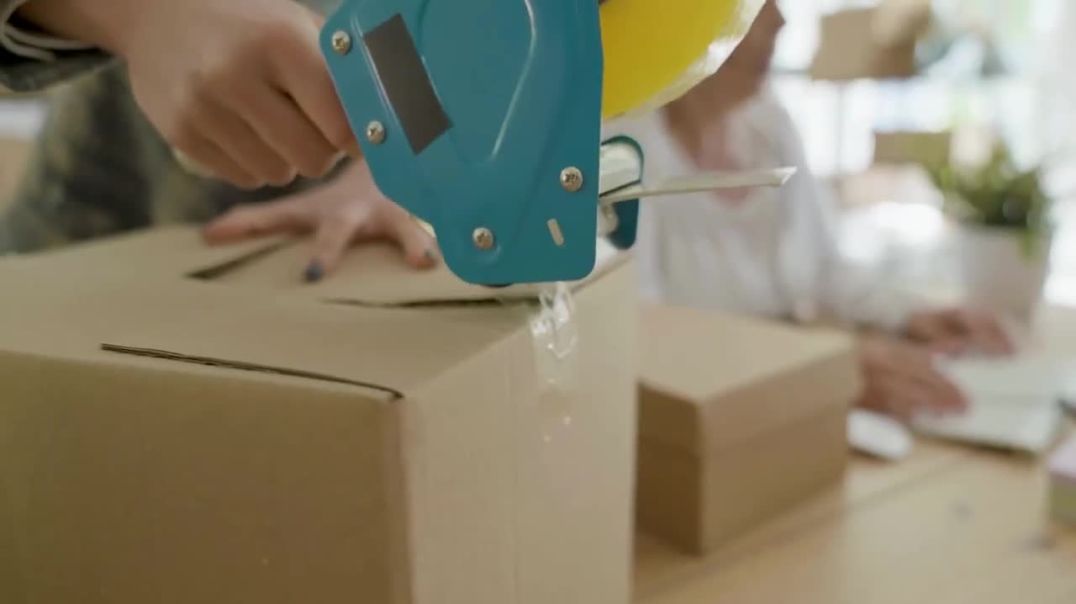12 Views· 03 October 2023
How Big of Tires Can You Run on a Dana 44? | Harry Situations
One question that we get all the time is “How big of tires can I run on a Dana 44 axle?” At the risk of sounding like a politician, the answer is “it depends”. But what does it depend on? Well, for starters it depends on what Dana 44 you are starting with. The Dana 44 has been manufactured for nearly 70 years, and was original equipment under Jeep, Ford, GM, Dodge, International Harvester and Studebaker vehicles, and even the Isuzu Rodeo and Honda Passport. Corvettes even used a Dana 44 center section with independent rear suspension! The Dana 44 has been offered in both high- and low-pinion, with centered and offset pumpkins. Factory axle shafts ranged from 10-spline through 32 with diameters from 1.175-inch up to 1.41-inch. Despite Dana-Spicer calling all of these axles “Dana 44s” for the past 75 years, there are no common parts between the rear end used in a 50’s CJ-5 and a new JL Wrangler.
There are several factors to consider the largest tire you can run on a Dana 44 regardless of which variation of the axle you are using. Vehicle weight is a major factor; a lighter vehicle can get away with a larger tire reliably than a heavier vehicle, which places more stress on the axle in every situation. Similarly, a lighter wheel and tire combination will be easier on the axle. Tires can vary up to ten pounds in weight in the same size, and wheels are similar. A cast aluminum beadlock wheel will weigh up to 25% more than a forged aluminum wheel.
Horsepower and gearing are also important factors. The more horsepower you make the stronger the axle you need for a given tire size due to the added stresses. Just as important is how you drive with all that horsepower and what sort of terrain you frequent. A Dana 44 can live under a vehicle with a V8 and 37-inch tall tires if it is used for mild off-roading and driven with care, but wouldn’t last through the weekend at the Hammers with a throttle jockey behind the wheel.
Gearing is more complicated than horsepower. Increased gear reduction upstream from the axle in the transmission and transfer case will increase the torque into the axle and can overwhelm factory axle shafts, and deep gearing in the differential results in less teeth on the pinion, which in turn creates a weakness of its own. The flip side is that too high of gearing can lead to excessive speed and shock loads when off-roading, typically breaking teeth off of the ring and pinion.
There are also advantages to running a Dana 44 axle when compared to a Dana 60 that you might not have considered. These include ground clearance, purchase price, and weight. Just make sure to match your axles to your intended tire size and use. Drop a comment and let us know what you want to see next from Harry, and don’t forget to like and subscribe to the Driving Line YouTube channel!
Subscribe: https://www.youtube.com/c/Driv....ingLine?sub_confirma
Follow us on Facebook: https://www.facebook.com/drivingline
Follow us on Instagram: https://www.instagram.com/drivingline/
More Articles: https://www.drivingline.com/
Want to know the different features of the Nitto tires we used?
https://www.nittotire.com/ligh....t-truck-tires/trail-
More backcountry content from All-Terrain Family:
https://www.youtube.com/channe....l/UCSlgSaVBYozZ7X1Gq
Follow Harry on Instagram: https://www.instagram.com/harrysituations/
Follow Mike on Instagram: https://www.instagram.com/allterrainfamily/




























0 Comments